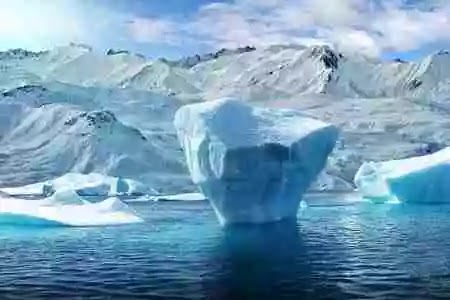The Iceberg A-76 was born from the west of the Ronne Ice Shelf in Antarctica and is now floating in the Weddell Sea, reports the European Space Agency.
 |
It measures Iceberg A-76 around 170 kilometers (105 miles) long and 25 kilometers (15 miles) wide. That is larger than New York's Long Island and half the size of Puerto Rico. (Image Image) (AP)
world news
The world's largest glacier, three times the size of Delhi, breaks off in Antarctica.
The Iceberg A-76 was born from the west of the Ronne Ice Shelf in Antarctica and is now floating in the Weddell Sea, reports the European Space Agency.
The iceberg the size of the Spanish island of Majorca cuts off the coast of Antarctica, with measurements taken from satellites and planes confirming that it is now the largest in the world.
The Iceberg A-76 was born from the west of the Ronne Ice Shelf in Antarctica and is now floating in the Weddell Sea, reports the European Space Agency. It measures 170 kilometers (105 miles) long and 25 kilometers (15 miles) wide. That is larger than New York's Long Island and half the size of Puerto Rico.
Antarctica is the fastest-growing glacier on the planet, causing the glaciers and glaciers to melt and receding glaciers, particularly along the Weddell coast. As the glaciers recede, glaciers break and float until they crack or fall to the ground.
Last year, the currents carried the A-68A, the world's largest snowfall, from Antarctica to the coast of South Georgia Island. Scientists feared that the berg would collide with an island breeding ground for sea lions and penguins, but it eventually broke apart and broke into pieces.
Sea levels have risen by nearly nine inches since 1880, and about a quarter of this increase is due to glaciers in Greenland and the Antarctica ice sheet, as well as glaciers in other parts of the world, according to a study published in Nature earlier this month.
A study conducted by 84 scientists from 15 countries concluded that national goals aimed at reducing greenhouse gas emissions and reducing the recent climate change were not enough to prevent sea levels to rise. In fact, melting glaciers and ice sheets would double sea levels as much as they would do if countries fulfilled their previous pledges under the Paris Agreement.










